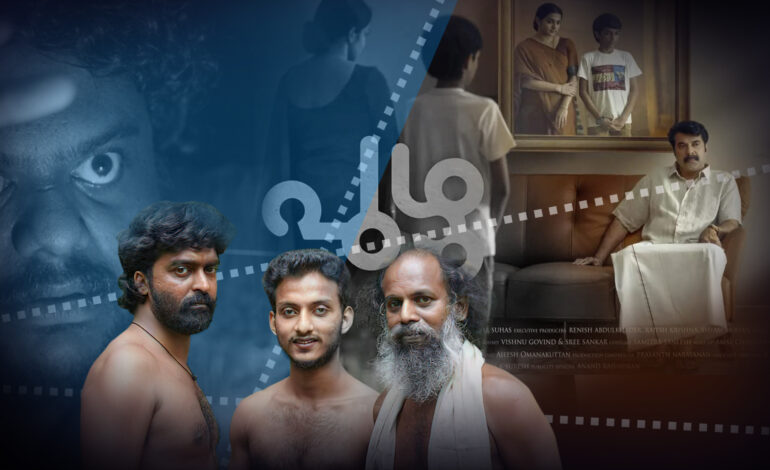
It has come a long way from glorification of caste to portrayal of its harsh realities.
Kerala is often projected as a progressive State in terms of human development and social welfare. Its culture marked by communal harmony and the effective functioning of the state machinery are repeatedly cited as reasons for its emergence as a shining example for the other States. But this assessment of Kerala is very much a relative phenomenon which might prevent its people from taking an honest look at the other side of the story. A social evil that the collective consciousness of the State has consistently failed to acknowledge fully is casteism. The land redistribution initiated by the first E.M.S. Namboodiripad government in 1957 and the social renaissance at the turn of the previous century are indeed revolutionary moves that changed the course of history but they have also led to a smugness and misconception among the privileged that caste is simply a thing of the past in the State. This reluctance or refusal to acknowledge that caste has been problematically alive and thriving in the collective consciousness of the people of Kerala finds reflection in the way caste is represented or not represented in Malayalam films.
The old normal
In the past, the cinematic representation of caste had mostly been in the form of heroic declarations of upper caste pride. Looking back at how consistent and strong this trend was in the most mainstream of films is quite repulsive. The biggest and most respected film stars in Kerala glorified upper caste identity countless times in the roles they essayed. This tendency calls for a deep and honest soul-searching. What is the need for such prideful portrayal of caste in a ‘progressive’ State? Mainstream commercial hits like Dhruvam, Aryan, Mahatma, and Adiverukal starring the big guns Mammootty, Mohanlal and Suresh Gopi glorify upper caste identity while bemoaning reservation as a tragedy that has befallen the upper castes. Mahatma, a film written by T. Damodaran and directed by Shaji Kailas, is toxic in its prejudice against the ‘lower’ castes and religious minorities. This toxicity is present in varying intensities in many films penned by Damodaran. Looking back, the blatant, heroic display of such pride and prejudice is shocking. A logical question that follows is: why didn’t the audience and society at large find it problematic and raise their voices against it. As a young individual who was born and brought up in Kerala, I have never experienced any kind of discrimination based on caste in my immediate surroundings. My caste and class privilege has always shielded me from such harsh realities. So the idea that Kerala is a progressive haven was a matter of pride for me. From this angle it is completely understandable why some would say caste is a thing of the past or righteously declare that they don’t see caste as a social reality in Kerala. They don’t see it because they don’t belong to a ‘lower caste’ and probably haven’t been exposed to the humiliations and marginalisation experienced by these sections of people.
Checks and balances of social media
Perhaps one reason for Kerala society not finding such cinematic glorification of the ‘upper castes’ in the 1980s and 1990s problematic was the lack of social media. For a majority of the people, there was no access to traditional media to express any resentment instantly. However, in recent years social media has come in handy (literally!) for people to express their opinion and re-evaluate the views of hardcore fans of film stars. Netizens have been relentless in their criticism, sometimes in the form of serious discussions but mostly in the form of memes and trolls, the modern-day tools of satire. Perhaps no other filmmaker has faced their wrath more than Priyadarshan. Malayalam cyber-space is filled with reevaluations of films that my generation grew up watching on television. It’s now well documented that the protagonists in Priyadarshan films consistently belong to the Nair caste. Critics have highlighted many dialogues from his films glorifying Nairs. One highly problematic dialogue is from Chandralekha, where the lead character played by Mohanlal boasts that he is a Nair belonging to a good family, and the character played by Innocent, seemingly impressed, tells himself that the protagonist does not indeed belong to a ‘venomous’ caste. One is left wondering what exactly that reference is to.
Decentralised and diversified
This push-back some of the old films have received on social media might be a product of the times we are living in. Along with this, cinema itself has now become decentralised and diversified. The growth of digital technology and the general fatigue of the audience watching the same old formula of superstar flicks have now opened the doors for fresh perspectives. Cinema is now more accessible to the common man than ever before. The caucuses of upper caste, upper class men who ‘ruled’ Malayalam cinema, so to speak, have now crumbled under the ‘new generation cinema’ that has taken the industry by storm in the last decade and a half. These phenomena have collectively led to the issue of caste returning to the silver screen with a perspective that is sensitive to the contemporary and largely neglected reality of the lives of those in the lower rungs of the social ladder. Although they are not directly about caste, films like Thondimuthalum Driksakshiyum, Ee. Ma. Yau., Kumbalangi Nights, Pada and Kammatipadam tell stories of people from the lower castes and classes, effectively breaking the longstanding monopoly of storytelling by the upper castes. Of late, there have been films that face the issue of caste upfront. Exploring their themes, success and potential cultural impact will give us an understanding of the evolution of Malayalam cinema’s relationship with caste.
Puzhu
Puzhu, directed by the debutant Ratheena P.T, is a bold depiction of casteism and bigotry in a contemporary setting. The most impactful aspect of this film is that it casts superstar Mammooty in the role of a villainous, mentally unstable bigot. Mainstream cinema has never before embraced the cause of caste liberation as this film has done. The cultural impact of a great actor and a fan favourite superstar like Mammooty unapologetically portraying such a negative character gives a certain mainstream acceptance and credibility to the problems lower caste people face in urban settings in Kerala. It also hopefully generates awareness and promotes introspection among those privileged classes whose caste and family pride rudely interferes in a family member’s personal choice of a life partner. Mammooty essays the role of Kuttan, a violent authoritarian upper caste police officer who deeply distrusts his sister’s lower caste husband. The most defining element of this film is the paranoia of Kuttan that his sister’s husband would try to kill him. This is symbolic of how the privileged generally feel threatened when someone who has been historically subjected to their will is free from their hold for the first time. Freedom and equality are misperceived as a victory against them. Kerala is still a place where people rarely marry outside their caste and a twisted sense of family/caste pride and ‘us vs them’ mindset is still very much prevalent. The film shines light on these issues while using the star power of Mammootty and Parvathy Thiruvoth to deliver its powerful message.
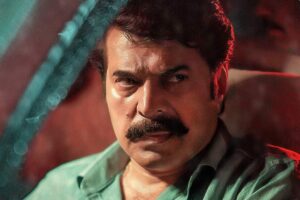
Attention Please
Jithin Issac Thomas has made his debut with the explosive Attention Please. The film, thanks to its unique screenplay, made waves at IFFK 2021 and later became the talk of the town when it was released on Netflix a few months ago. It tells the story of Hari, a dark-skinned lower caste man aspiring to be a screenwriter who lives with a group of upper caste flatmates with unrealised cinema dreams. The film is a brilliant portrayal of how a life full of small, seemingly insignificant wounds leads up to a breaking point. We start off feeling sympathy for Hari’s struggles as his friends are derisive and dismissive towards him and his art especially because his stories are often good and he emotionally moves us with his heartfelt narrations. He comes across as a passive, submissive man who feels overlooked and insulted by his friends and the society at large. He reaches a point where he cannot take it any more and to the surprise and sheer shock of the audience, plunges into violent insanity.
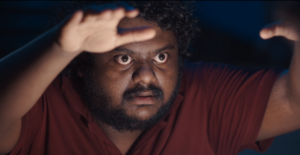
From this point on, the film shows us its true direction and subject matter. It was not about a struggling writer but about the countless struggles and sorrows inflicted upon a lower caste man in our society. His reality is dark, lonely and painful. Which is something alien and not relatable to the vast majority of people. If one could step into Hari’s shoes, there would be no surprise about why all of Hari’s stories are violent and disturbing. By the end of the film, it becomes clear that the real antagonist of the film is the reflection we see in the mirror the filmmaker holds against our face. Jithin Issac Thomas cleverly uses the film to shine light on the psychological trauma and desperation of someone who has never been accepted or appreciated in his whole life.
‘Pra.thu.mu’

The short film Pra.Thu.Mu was the second outing by Jithin Issac Thomas. It was part of the anthology film series aptly named “Freedom Fight” and it tells the story of a group of manual scavengers who have been called to clean the septic tank of a prominent politician. The film tackles the issues of both class and caste. Caste, although sometimes dormant, has a long history that keeps people away from a good livelihood and wellbeing in the present day. The film is notably shot in black and white. According to the director, white represents the politicians and their preferred outfits, while the black on the screen represents the dark dirty realities of the daily lives of the lower castes. Manual scavenging is an issue India as a country still hasn’t solved. The nature of this problem fully reveals itself when we consider how these occupations are “reserved” for a few communities that were kept at the lower end of the caste ladder for thousands of years.
Mainstream Malayalam cinema’s new-found interest in confronting class and caste is a welcome change. And it offers genuine hope to an informed audience about the industry’s future. As more and more grassroot perspectives reach the silver screen, there will certainly be a new wind of cinema that intimately portrays the lives, struggles and dreams of the downtrodden, a cinema created by people from the same section of the society who have long been kept on the fringes of the industry and society at large.


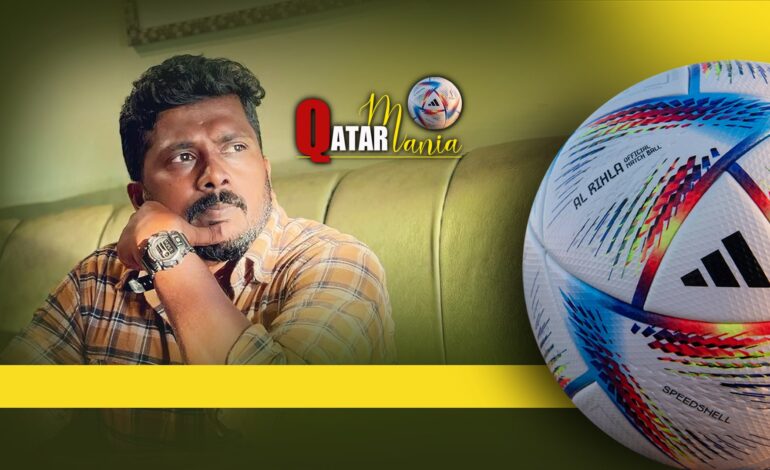

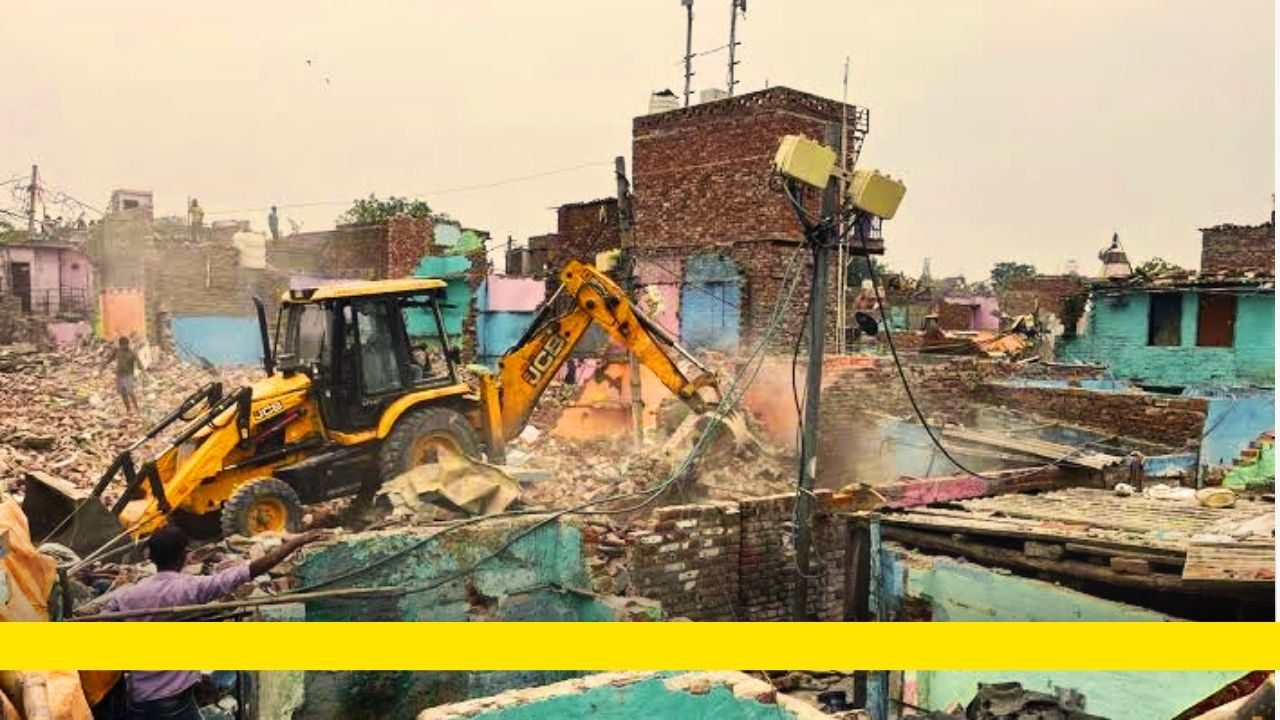
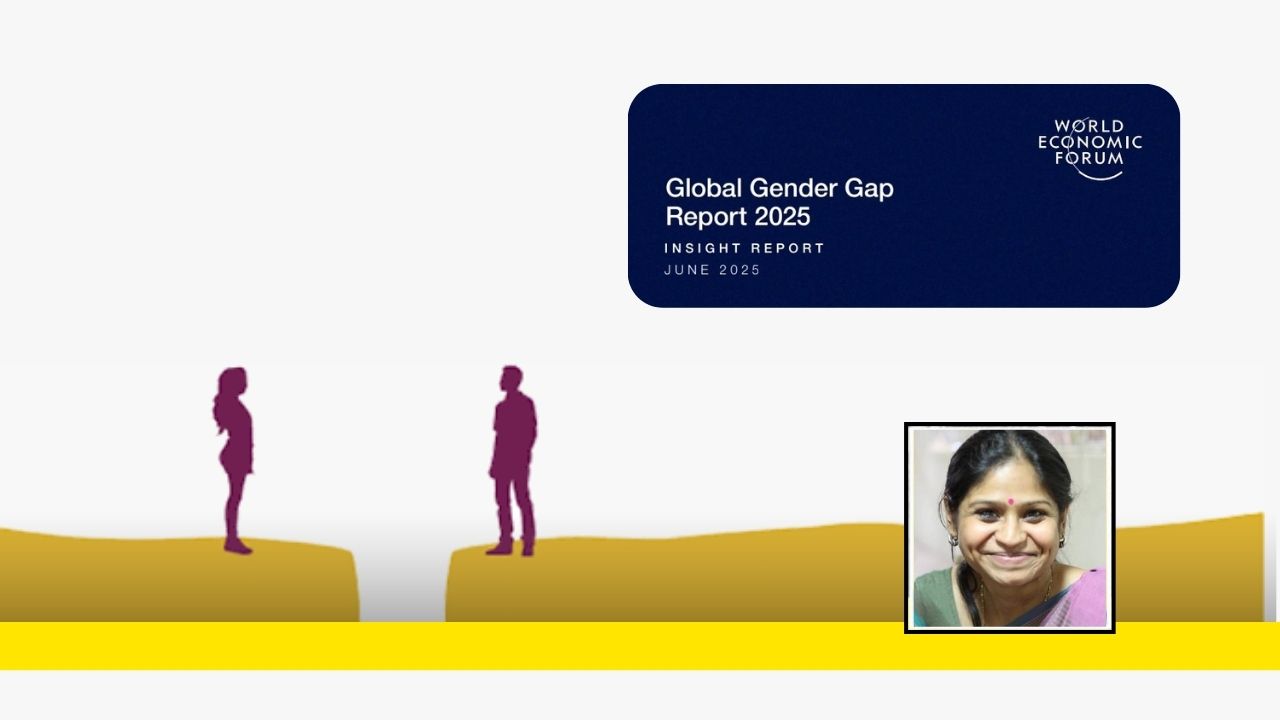

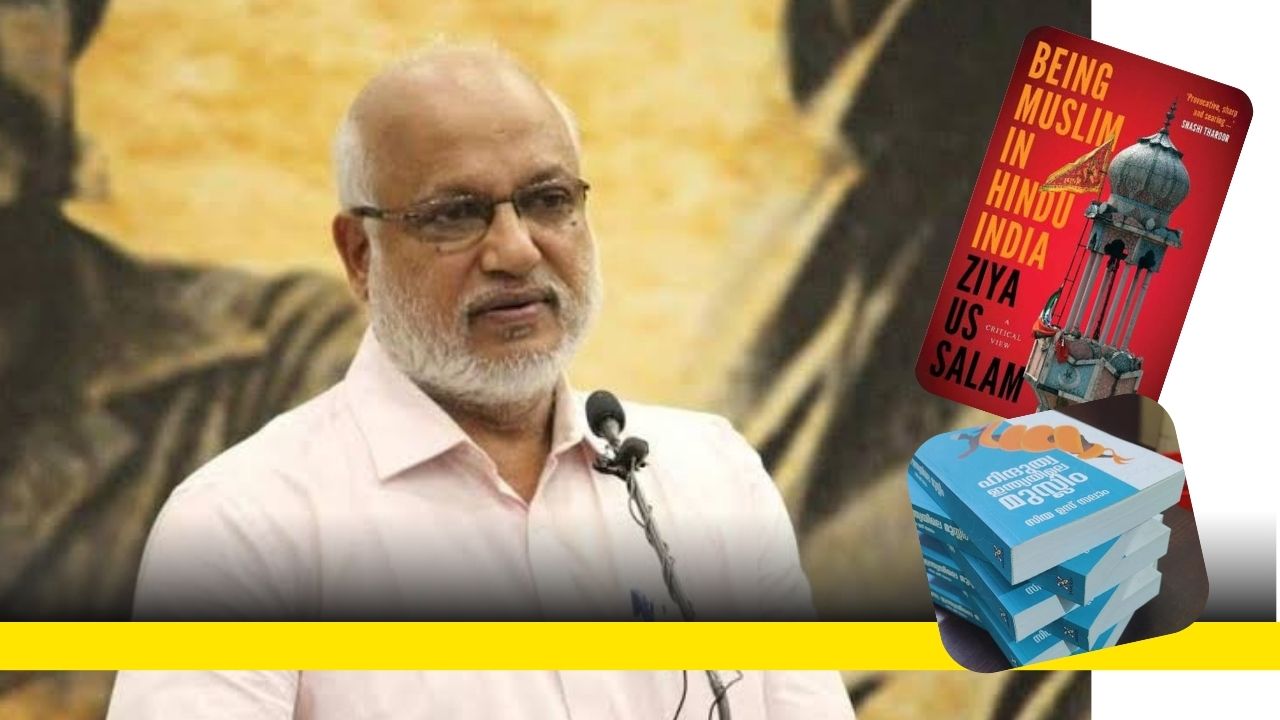




Well written